The Trump administration is focused on countering the disinformation from the Chinese Communist Party (CCP) surrounding the COVID-19 outbreak, and is spreading news about U.S. humanitarian efforts, a state department official recently said.
On top of this, the CCP has sought to brand itself as a humanitarian leader amid global response efforts, touting its provision of experts and medical supplies to virus-hit countries around the world. Much of the medical equipment sent overseas have been exports rather than donations.
But the United States is working on combating both aspects of this campaign by calling out the disinformation while also highlighting its own humanitarian efforts, state department spokesperson Morgan Ortagus said on March 31.
“We often forget that the American people remain the single most generous bloc of people around the world.”
In early February, U.S. nonprofits and companies donated 17.8 tons of medical supplies to China, a shipment that was facilitated by the State Department.
The United States’s contributions to international organizations vital to global COVID-19 response efforts have also dwarfed Chinese contributions, Ortagus pointed out.
“We are by far the largest contributors to organizations like the UN Children’s Fund and the World Food Program because we believe in effective multilateralism that is focused on helping those in need, not scoring political points,” Secretary of State Mike Pompeo said in the release.
The United States also contributed more than $700 million in 2019 to the United Nations Children’s Fund (UNICEF), another organization providing aid to the Chinese people amid the outbreak. China, meanwhile, contributed $16 million that year.
Last week, the State Department announced the United States has made available nearly $274 million in emergency health and humanitarian funding to help at-risk countries with responding to the pandemic.
When American provides assistance “it does so out of goodwill,” Ortagus said. “There’s no nefarious intentions behind that aid.”
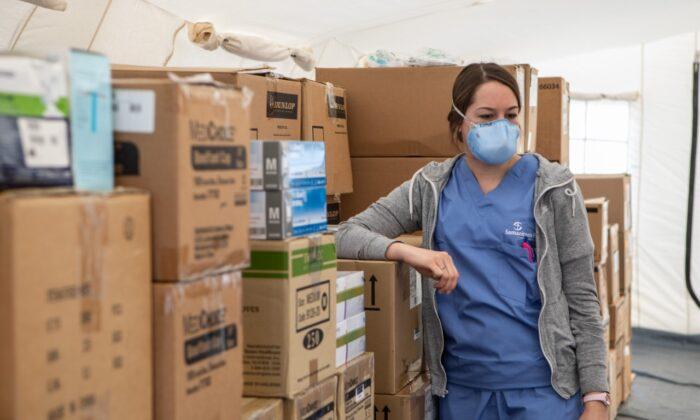

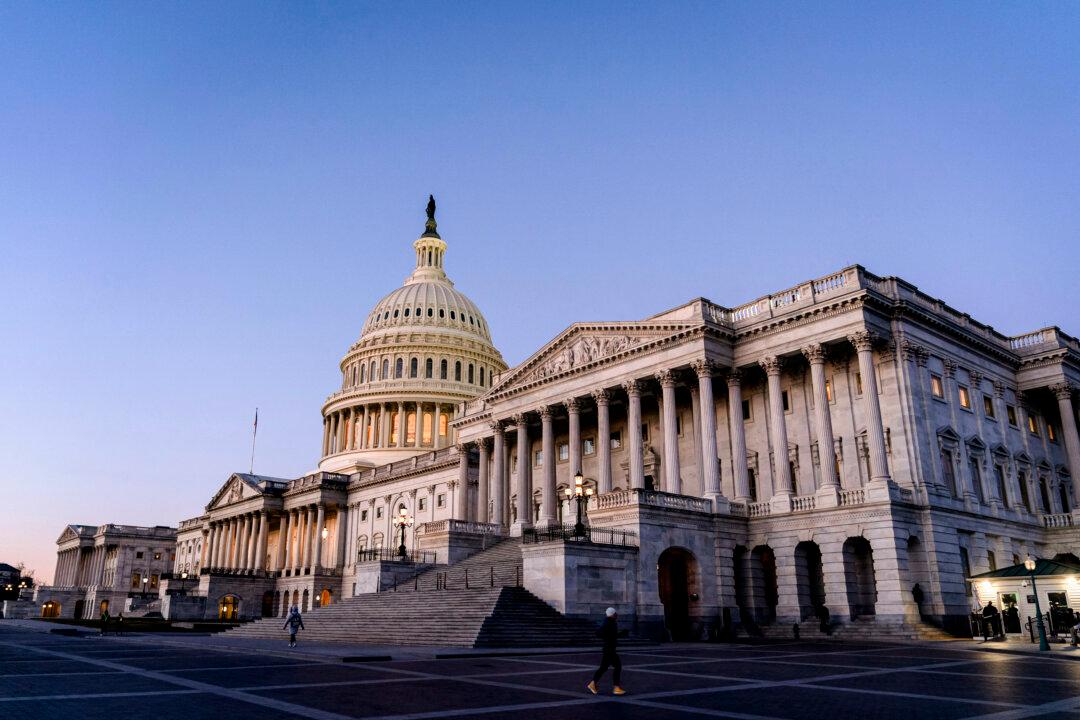
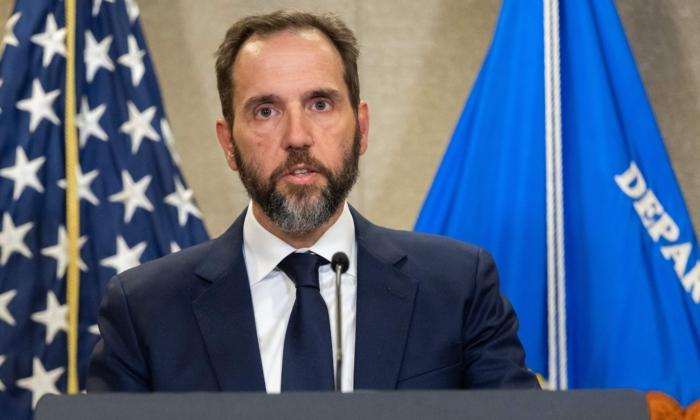
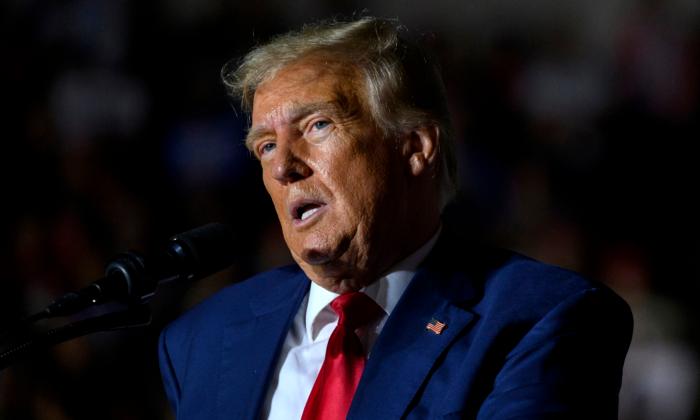
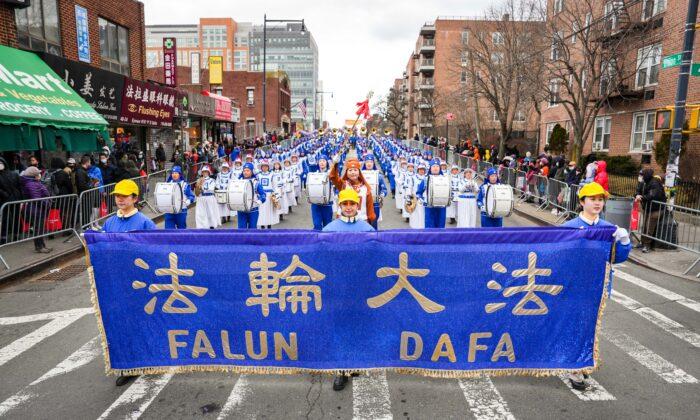
Friends Read Free